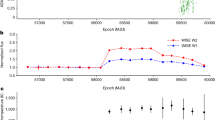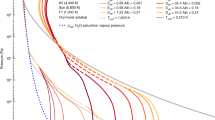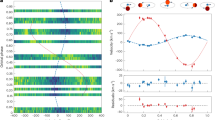Abstract
ASTRONOMERS are doubtless not unaware of the enormous radiative uniformity that is demanded by the permanence of organic life on the earth. If the temperature at the earth's surface were altered even for a single season from its actual value about, say, 27° C. or 300° K., by 50° in excess or defect, all terrestrial organic life would be blotted out never to return. This would happen if even only once in the hundred million years demanded for terrestrial organic evolution the effective temperature of the solar radiating surface changed from the present mean value 6,000° K. by 1,000° in excess or defect, if it were a matter of steady state, while during the time of this change the stream of radiation incident on the earth would be altered in a proportion much greater. On current theories the difference between the top and bottom of the radiating solar atmosphere would be great in comparison with this figure, and lower down vast temperatures are soon reached. This shows how extremely steady the balance must be, and how slight the solar evolution must have been even in that vast time. As one result, the sunspot disturbances, even though they occupy only a very small part of the area of the solar disc, would have to be purely superficial phenomena. The output of radiation is very steady, as from a steady interior; yet the heavens are full of variable stars. Perhaps these considerations were remotely in view when long ago Whewell and Brewster were discussing the plurality of worlds, and Huxley championed the geologists against Kelvin.
This is a preview of subscription content, access via your institution
Access options
Subscribe to this journal
Receive 51 print issues and online access
$199.00 per year
only $3.90 per issue
Buy this article
- Purchase on SpringerLink
- Instant access to full article PDF
Prices may be subject to local taxes which are calculated during checkout
Similar content being viewed by others
Author information
Authors and Affiliations
Rights and permissions
About this article
Cite this article
LARMOR, J. The Astronomical Radiative Stability. Nature 131, 805 (1933). https://doi.org/10.1038/131805b0
Issue date:
DOI: https://doi.org/10.1038/131805b0



